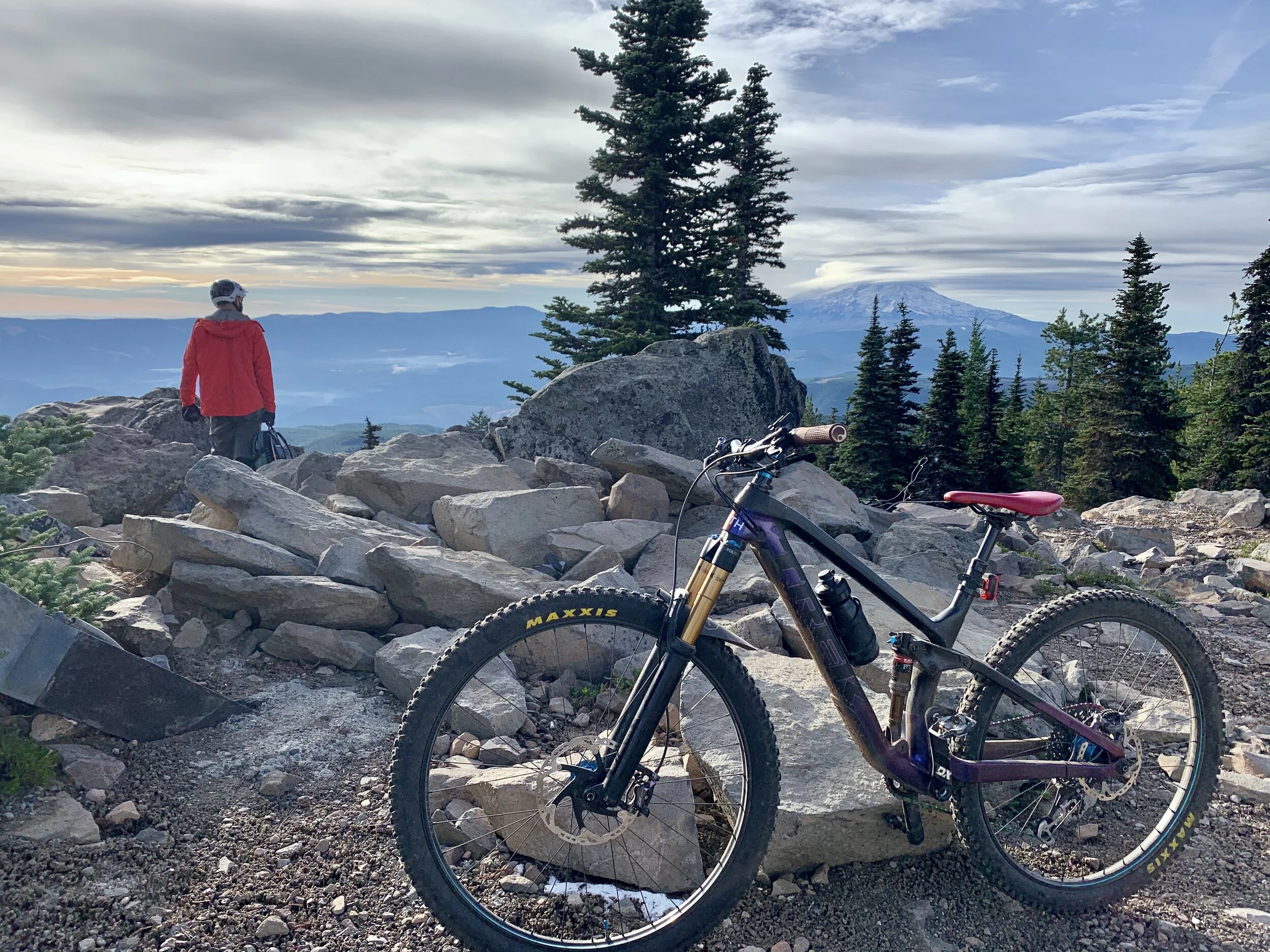You Found a Used Bike! 4 Tips to a Successful Buy.
Finding a used bike, or any bike, these days is a bit like finding a unicorn at the end of a rainbow. That analogy doesn’t really make sense, but let’s just go with bikes are scarce, and finding a decent one that fits your price point, is sized correctly, and suits your riding style is HARD. I’ve recently had several folks reach out to ask what to look for when purchasing a used bike. In the interest of narrowing the scope, my comments below are centered around modern mountain bikes, although many of the tips could be applied to commuter or road/gravel bikes.
Know what you’re looking for and what you’re willing to spend.
The type of riding you want to do - this will determine if you want a full suspension (FS) or hardtail (HT), how much travel, and the type of geometry you want. Diving into the bike world can be really intimidating and many folks don’t realize there are specific bikes for specific types of riding. Just the way there are specific shoes for activities from running, to ballet, to golf, even though they are all shoes, there are specific bikes designed for different disciplines of riding from cross country to trail, to downhill. Spending some time at your local shop, or on youtube, is a great way to get an initial education on bike selection and options.
Frequency of riding - The more you ride, the more wear you’re going to place on your bike which means you’ll save money in the long run by spending more up front. Cheaper components such as wheels, forks and shocks, and drivetrain components are more likely to break down and be harder to fix than higher end components.
Price point - Decide on a price point you’re comfortable with ahead of time. Often you can spend a little extra ($100-$300) to upgrade components such as tires, brakes, and grips which in most cases are the best bang for your buck when it comes to component upgrades.
2. Important Questions to Ask (these are things you can’t see on the bike):
Why is the bike for sale? This gives you some insight into the seller and if you’re potentially walking into a scam or a screaming deal.
When was suspension last serviced? This will give you an idea of when you may need to service the suspension next.
When were brakes last bled? - Similar to asking when the last oil change was on a car!
3. Ride the bike and check for the following:
Shifting works without issues. Make sure to pedal up a steep hill and shift under load rather than just pedaling around in a parking lot and shift through ALL the gears. Shifting should be relatively quiet, should not skip, and you shouldn’t feel like you’re going to brake your thumb switching gears! Also a good idea to check the chain for stretch.
Brakes work without issue. Look at pads, rotors, and squeeze the brake levers. Levers should NOT come to the bars or have an inconsistent feel - that’s an indication there is air in the lines.
Suspension works and isn’t visibly leaking oil, making noise, and there’s no play in the bushings or bearings of the pivots. Ask when the suspension was most recently serviced and try to get an idea of how much ride time has passed since last service.
Check the Frame. Examine the frame for potential cracks, chips, or wear points. Be sure to look at the welds on non-carbon bikes!
Dropper Post: Check there’s no sag when you sit on it and that the lever properly makes the seat return to full height.
4. Bring a friend or ask an expert!
If you really don’t know what you’re looking at, or if some of the terminology above caused you to scratch your head or pull up google, bring a friend! Offer them a six pack of something delicious and most bike knowledgeable folks will be happy to help you out. It’s not unreasonable to ask your local shop to take a look at the bike as well. I checked in with one of my local shops, Mt. View Cycles, and they said they’d be happy to take a look at a used bike for no charge.



